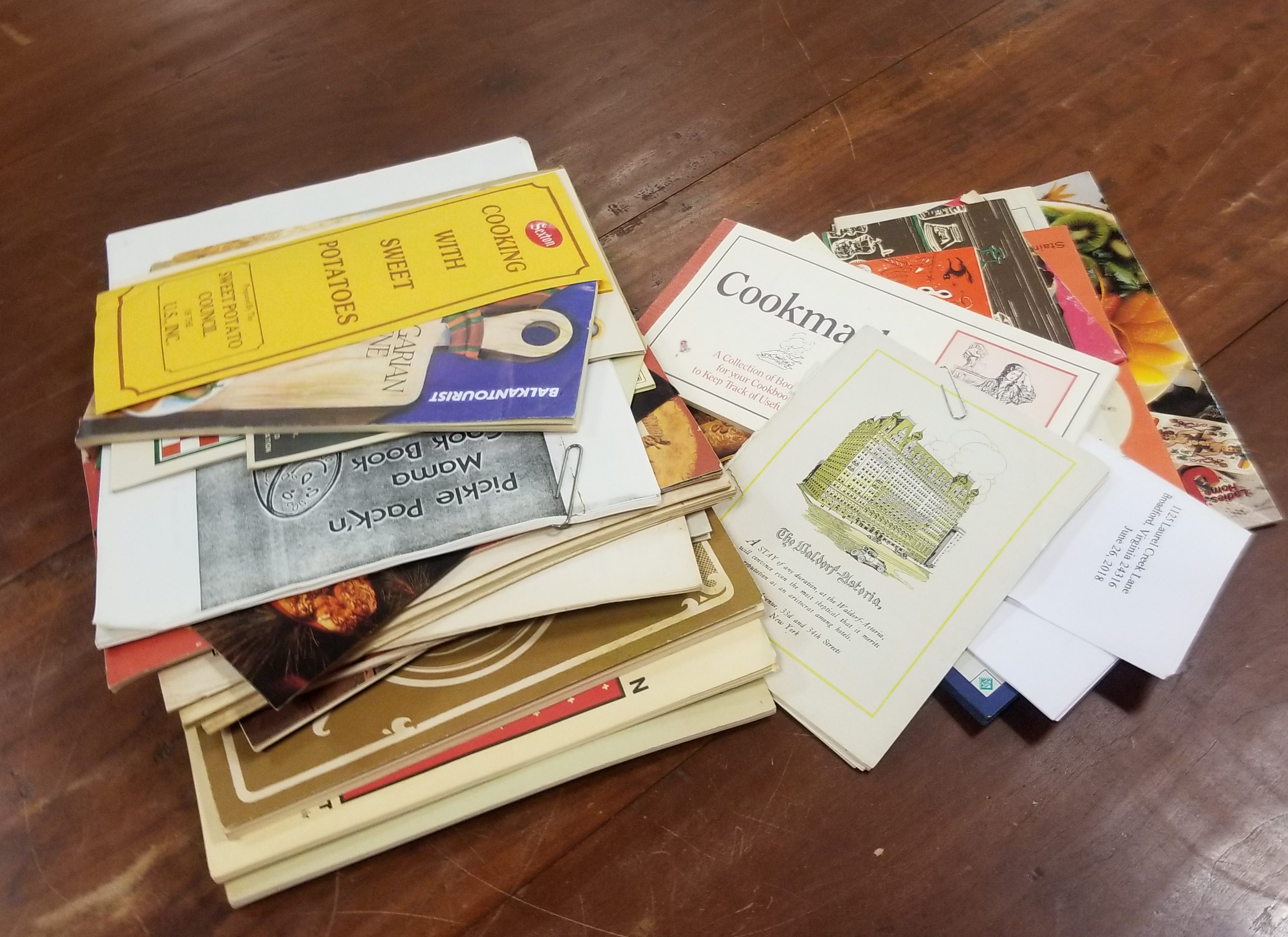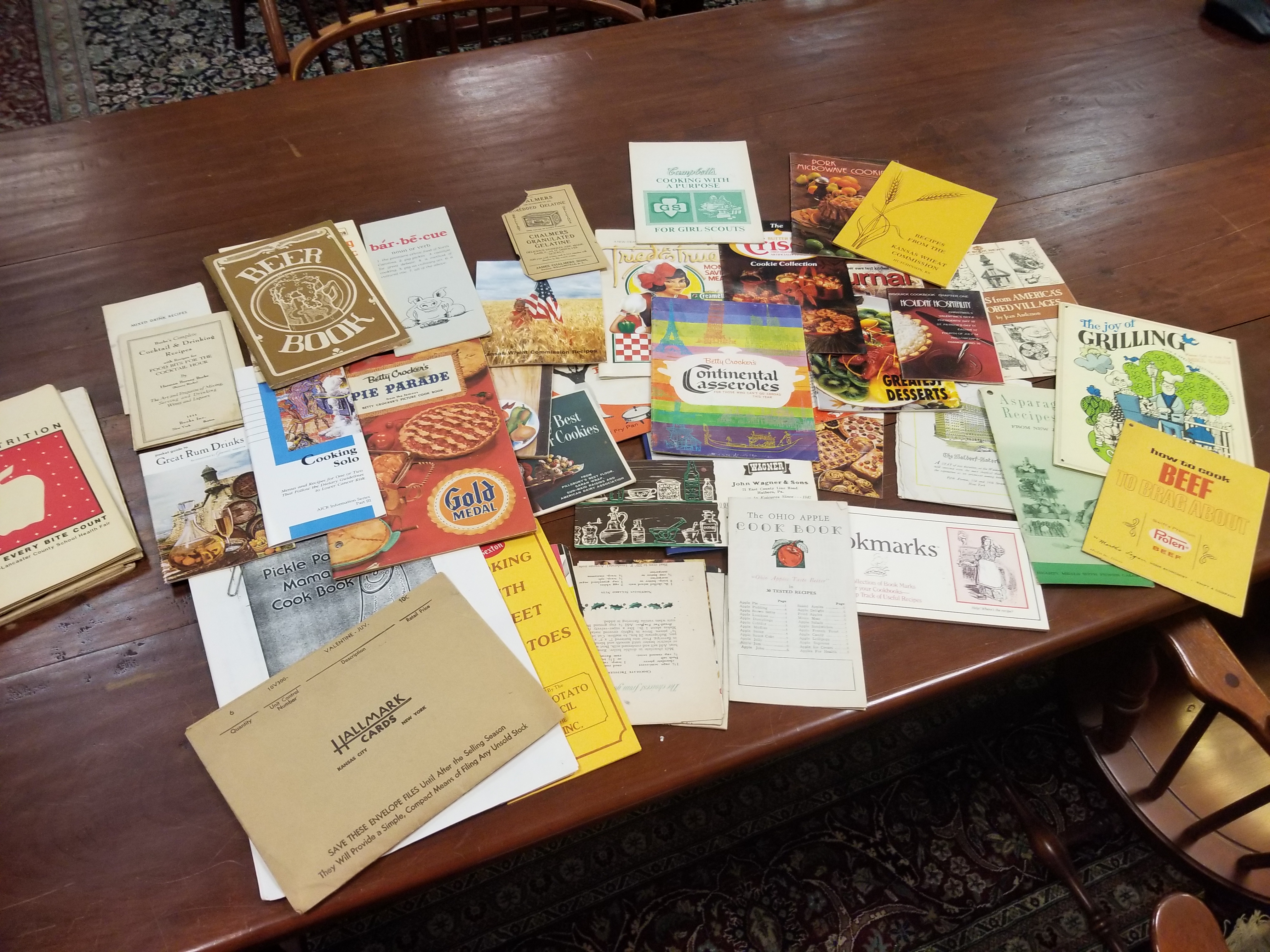
Dr. Katie Hoffman, co-founder of Vintage Kitchen Cast Iron and Collectibles and Executive Director of Create Appalachia, will present “Cast Iron Curious? Learn More about a Hot Topic” at the annual Peacock Harper Culinary History Friends Lecture on October 14, at 4 pm at the Montgomery Museum of Art & History in Christiansburg, VA, a co-sponsor of the event.
Cooking in cast iron has grown in popularity in recent years, as more people appreciate its superior benefits. Hoffman will speak about why she prefers cooking in vintage cast-iron pans as opposed to newer ones and will share the fascinating history of cast iron cooking vessels in the US, as well as advice on choosing the right cast iron for cooking styles and cast iron care and maintenance. Hoffman is an avid gardener and cook, with a passion for Appalachian foodways. A talented musician, she will also sing a song or two about food and display some of their vintage kitchen cast iron, with plenty available for purchase. A wine and cheese reception follows the lecture.
The lecture is free and open to the public, but attendees should register at https://forms.gle/WEzqzvoQWm1fW6rT7. The Peacock-Harper Culinary History Friends supports the development and use of the Peacock-Harper Culinary History Collection in the Virginia Tech library.



























